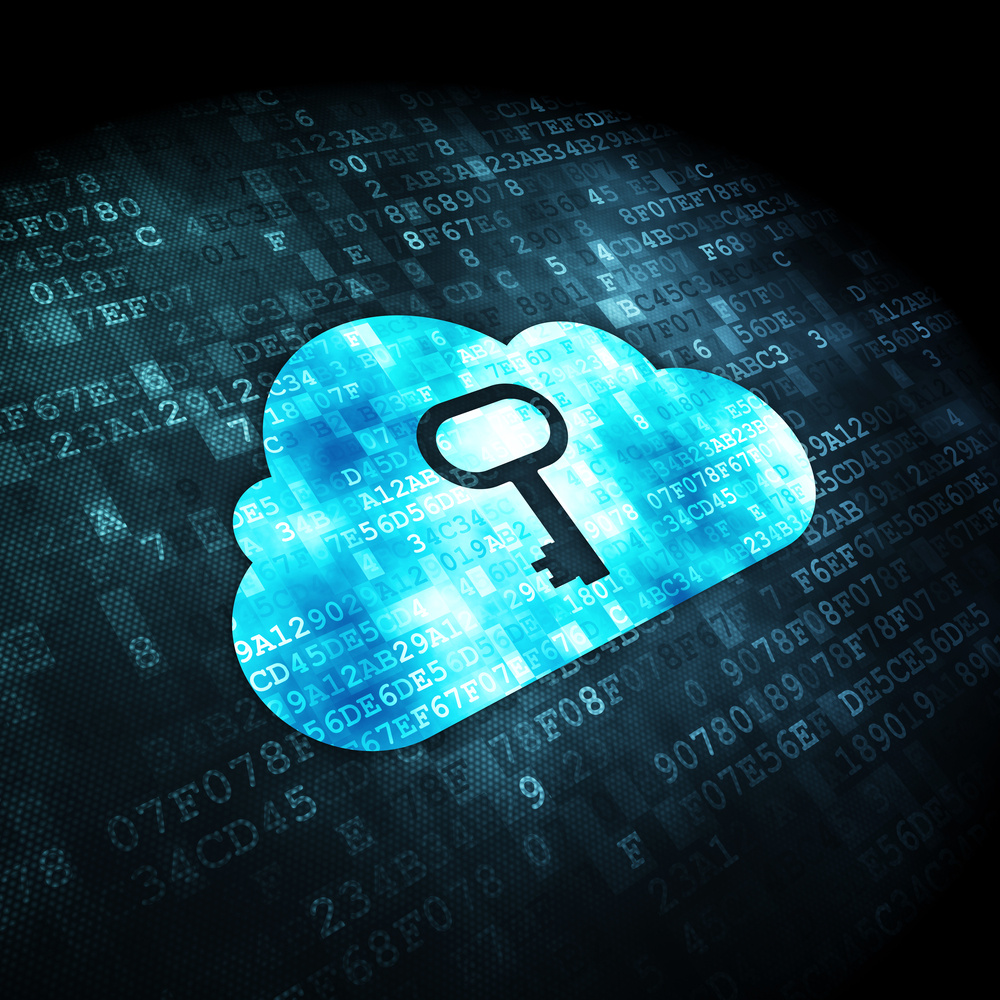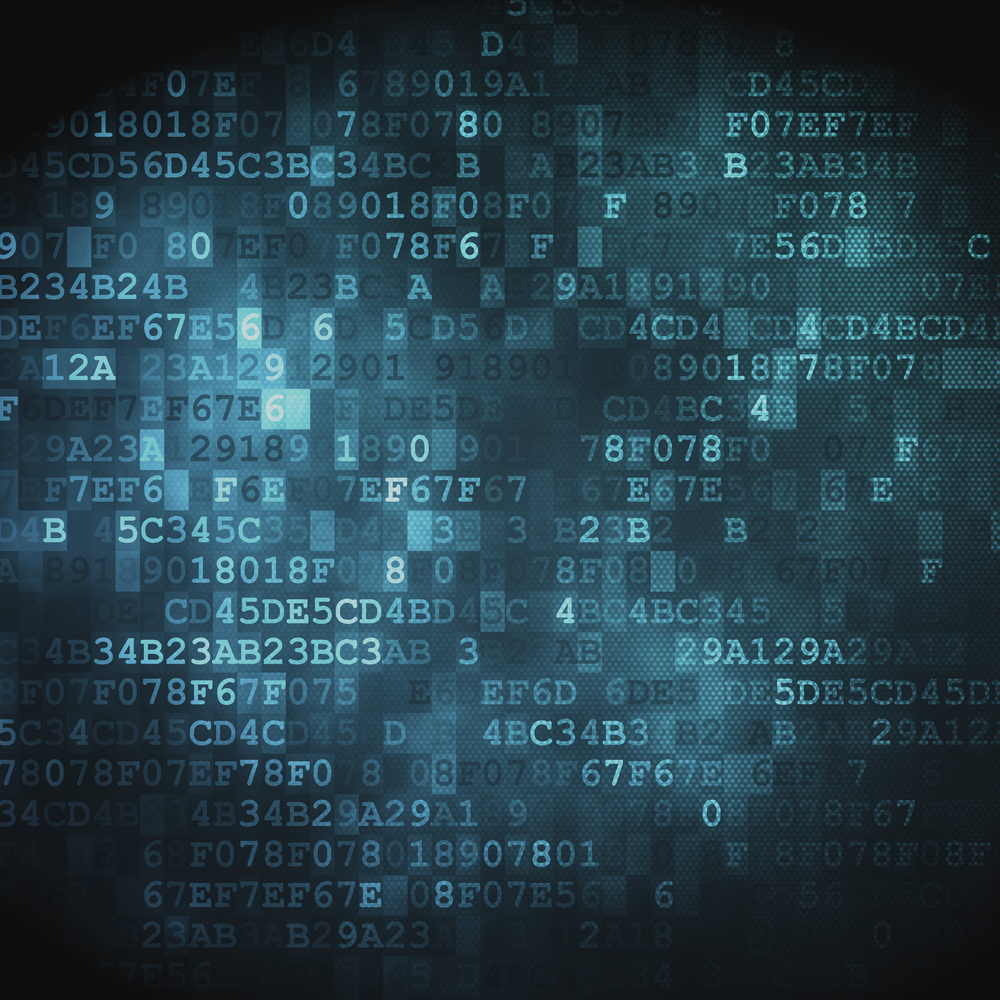With the current focus on detection and malware, many companies may be overlooking core data security as a front-line defense. While it’s important to prevent intrusion through detection tools, a safer and more balanced approach to security is to also focus on complementary protection solutions Data Loss Prevention (DLP) and Data Activity Monitoring (DAM).
Data Loss Prevention
DLP focuses on the effect of end users on security by ensuring that users cannot send critical data outside of the network. When DLP was becoming popular in 2009, many in the security industry thought it would be a single-step solution to securing data. However, it became apparent that DLP was not enough on its own and that it should be combined with DAM.
Data Activity Monitoring
While similar to DLP, DAM focuses on data that is moving through the system. This can include end users but also encompasses privileged users, access, applications, and usage. More importantly, DAM monitors and sends out alerts for suspicious activity and blocks this activity and/or the users responsible for it, halting any unauthorized access.
Using Both Technologies
Businesses will have better data security from the inside out by using both solutions as a complement to each other. This is especially important as current technology trends are moving more and more towards the use of the cloud, mobile data, and a mobile workforce. Because many DLP solutions haven’t improved at the same rate as these trends, DAM should be used concurrently to allow real-time monitoring of sensitive data all over the system and network.
Keeping up With the Trends
Technology is constantly growing and evolving on both sides of the security fence. A business should ensure that its security solution is current with the latest security techniques and compatible with DAM. When looking for DAM software, businesses should consider the following questions:
- Is the DAM up to date with the latest trends?
- Can it work in real time?
- Can it be easily deployed?
DLP and DAM are best used together to provide a broader area of protection through the use of monitoring, alerts, and the ability to block suspicious users or activities. By knowing and keeping up with current trends and focusing on the security of core data, businesses will ensure their data is kept safe.



